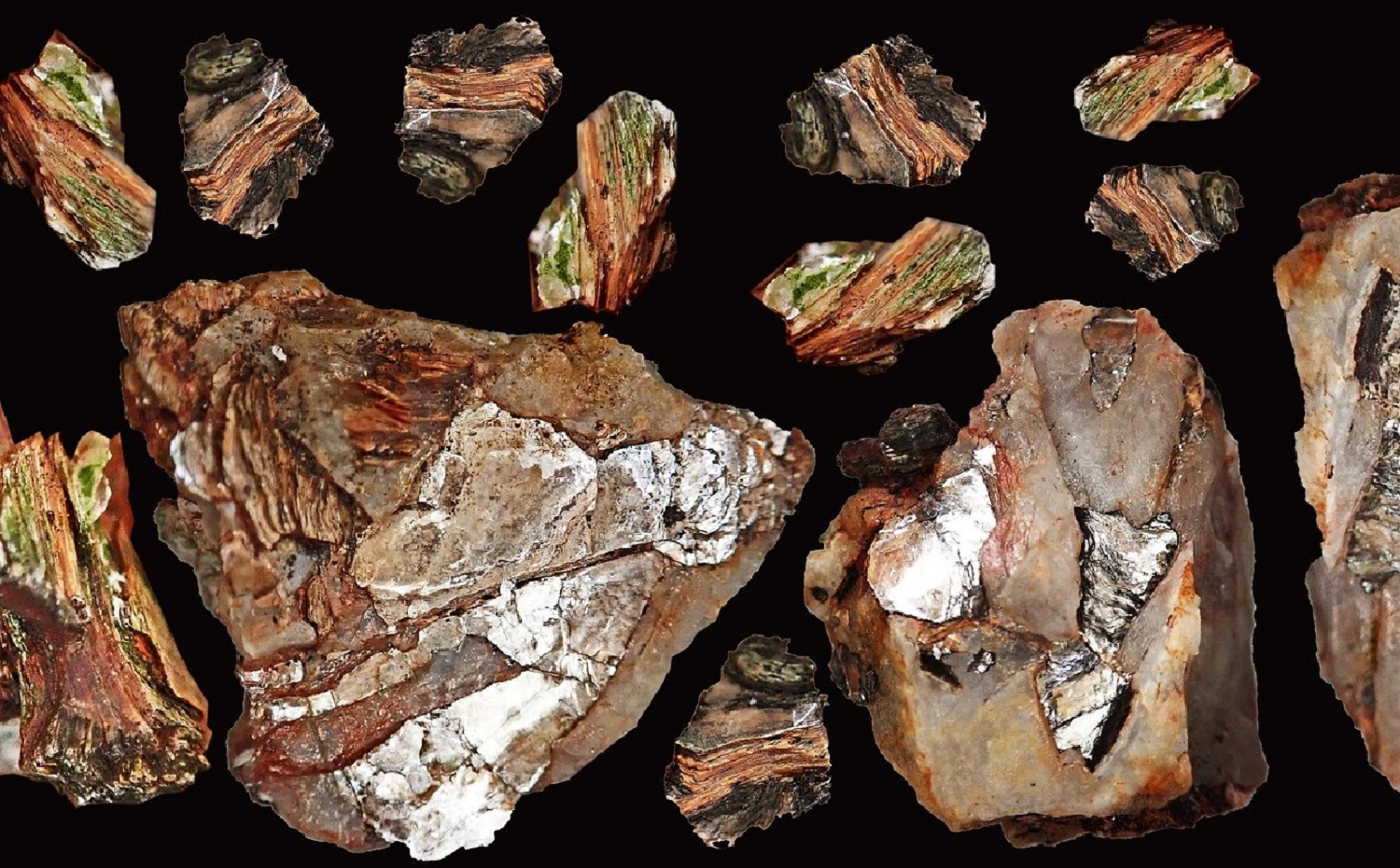It rings a bell. Mica is a mineral isn’t it? And why is this important to know?
Well… another big and truly heart-breaking problem within the beauty industry is child labour. I know, usually you wouldn’t expect that some of the ingredients in your make-up and cream had to be mined but this is the sad reality and it needs to be talked about.

Picture source: pixabay.com
So what is mica and why is its story not so “glittery”?
To brush up your knowledge from middle school, mica is a group of silicate minerals and its crystals can easily be split into extremely thin elastic plates. It’s heavily used in the car and electronic industry. Many electronic appliances, such as a microwave, have mica in them.
The reason why its popularity in the cosmetic industry increased so much over the years is due to its reflective and shimmering properties.
Recently, I went through my beauty care products at home and I was shocked (to say the least), that many of these products contained mica: toothpaste, face powder, eye cream. I always make sure to buy natural products, but, here is the catch, Mica is actually a natural ingredient! In make-up products such as eye shadows, face powders, lipsticks, or body glitters, mica is among the first ingredients listed, meaning it’s one of the MAIN ingredients used.

Picture source: pixabay.com
Due to the fact that it is a mineral, it has to be mined. Mica is predominantly found in China and India, with Madagascar becoming a significant source in recent years. Madagascar, having one of the highest poverty rates in the world, has been using illegal mica mining as a source of income for many families [1].
As Claire van Bekkum, a senior project manager at Terre des Hommes Netherlands says:
“In these remote areas where mica mining takes place, many children lack education [or] social services and there are weak local institutions; often mining is a family affair, as it’s where the sole income is derived” [2].
Madagascar and India are both associated with using child labor in mica mines, as these are areas with high poverty rates and families often struggle to earn enough for living so the children have to compensate. The worst part being the fact that these mines are completely unregulated and very well hidden, which means they possess many dangers, especially for such young children. It is impossible to tell exactly how many children are being used as miners, but it is estimated that India has around 22 thousand child workers and, according to the US Department of Labor, Madagascar has around 10 thousand children in the mica zone with the children being as young as 5 years! [1]
What are the dangers?
Unregulated mines are an extremely dangerous place and can often collapse. Mining the mineral involves dangerous digging and the use of various heavy tools. Stories of children getting trapped or dying by falling rocks are not uncommon, and since these mines are illegal and unsupervised, they can’t get the appropriate help in time. This also means that the families are not entitled to any help or compensation after such accidents [3].

Picture source: pixabay.com
Mica mining is not only a danger to children’s safety, it is also a great concern for their health. The continuous breathing of dust in the mines can often lead to respiratory problems, even scarring of the lungs, while the constant digging with bare hands can lead to different skin infections. On top of these horrible conditions, children working in mines are also a target of sexual and physical abuse [4].
So what can we do?
When it comes to buying beauty products, be cautious and mindful – prevent filling up your shelves with many unnecessary products and rather focus on a few, trustful pieces for a minimal skincare routine. We are often offered a palette of eye shadows – from which we will use a few and all the others will go to waste. Need glittery make-up just for one evening? Ask your friends, surely one of them will already have one at home. But most importantly: Go out and fight! Not literally, for the start it’s important to talk about it. Ask the producers where they are getting their Mica, request companies to do due-diligence, the more people know about it and investigate the issue, the faster we can tackle it. Companies should pay fair-price to the mine workers. If the adult workers were earning enough to support their families, they would not have to send their children into the mines. A teenager working in a mine earns on average 0.20-0.50€ per day! Hardly enough to buy something to eat. An adolescent needs at least 0.27€ to cover their daily meal, leaving them nothing or very little to set aside for anything else [1].


0 Comments